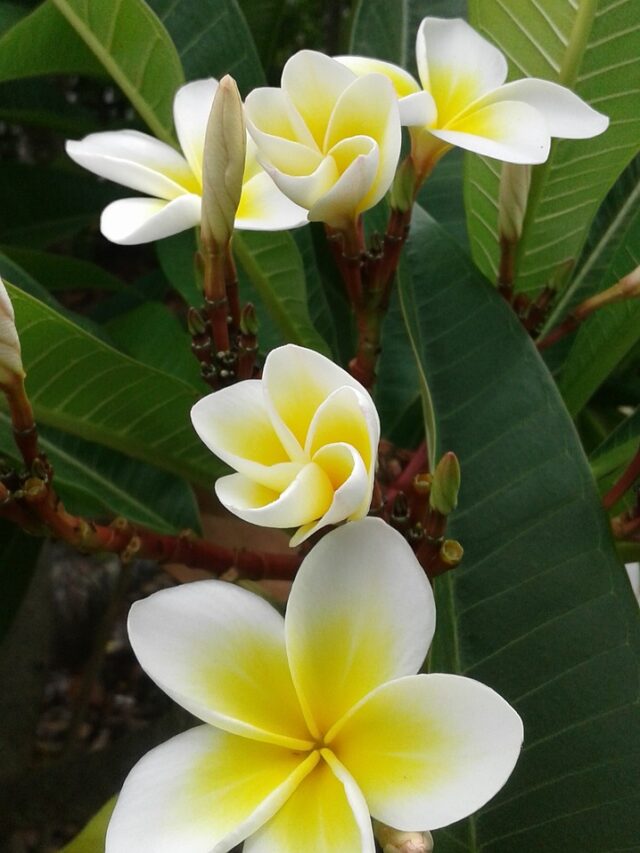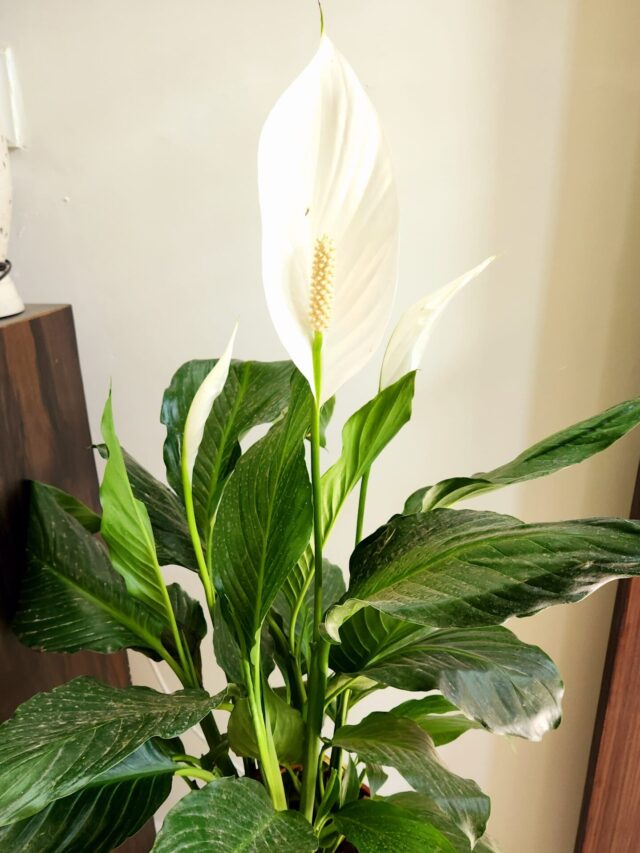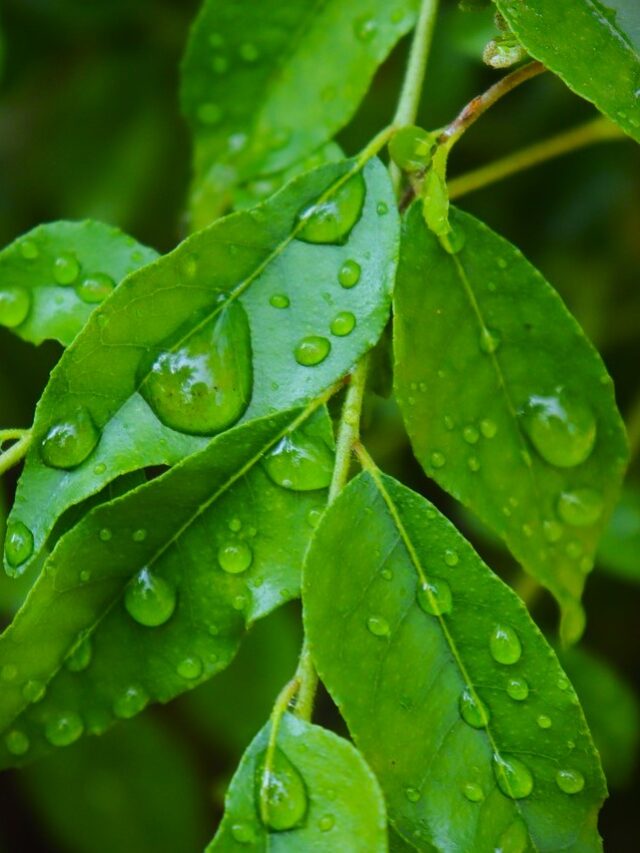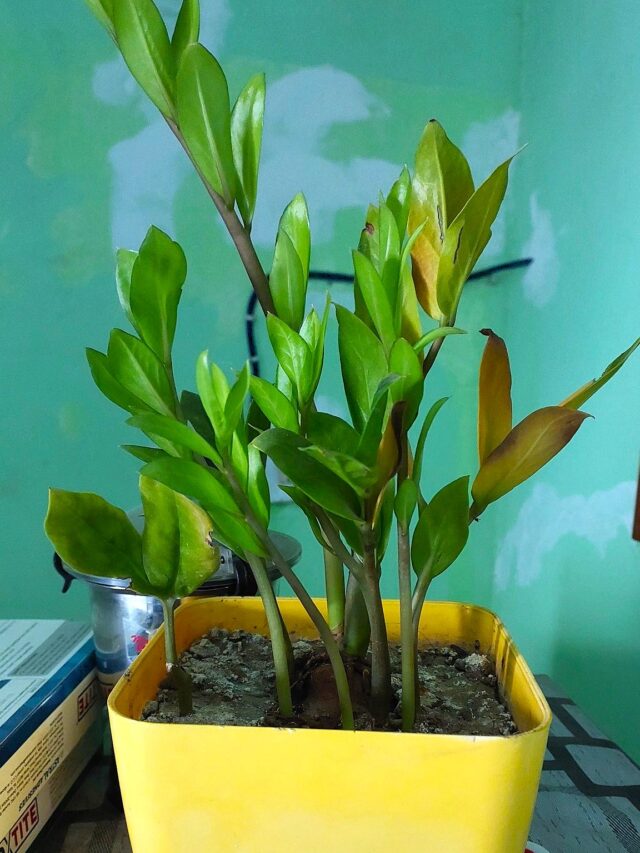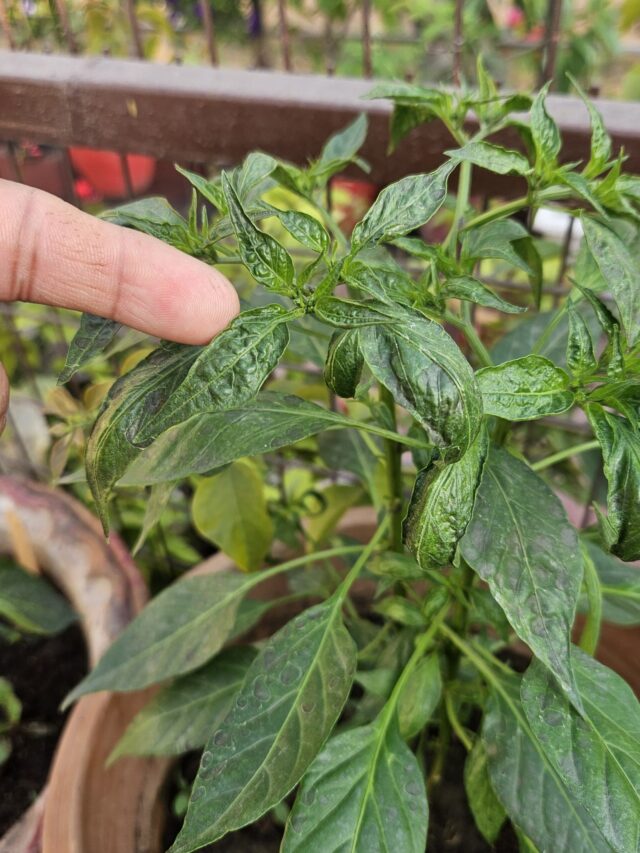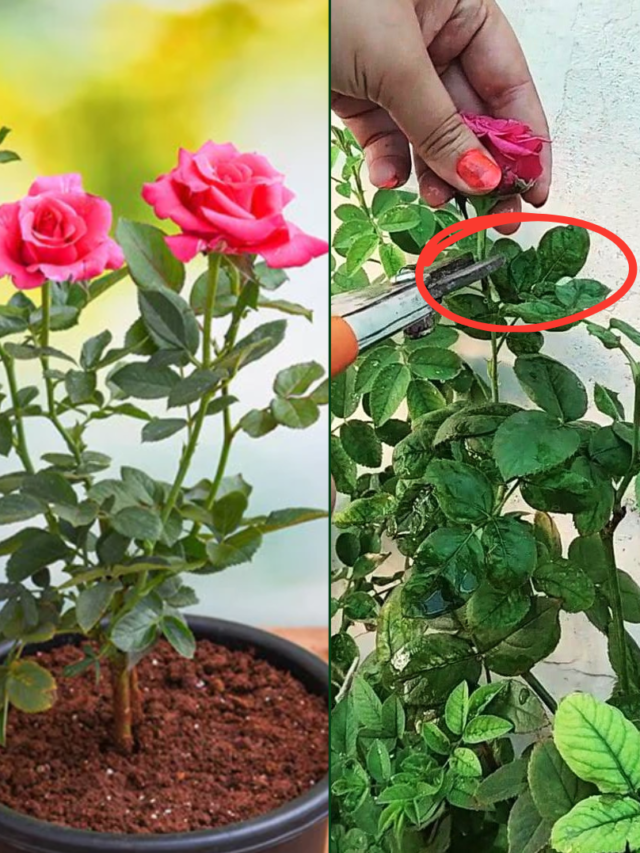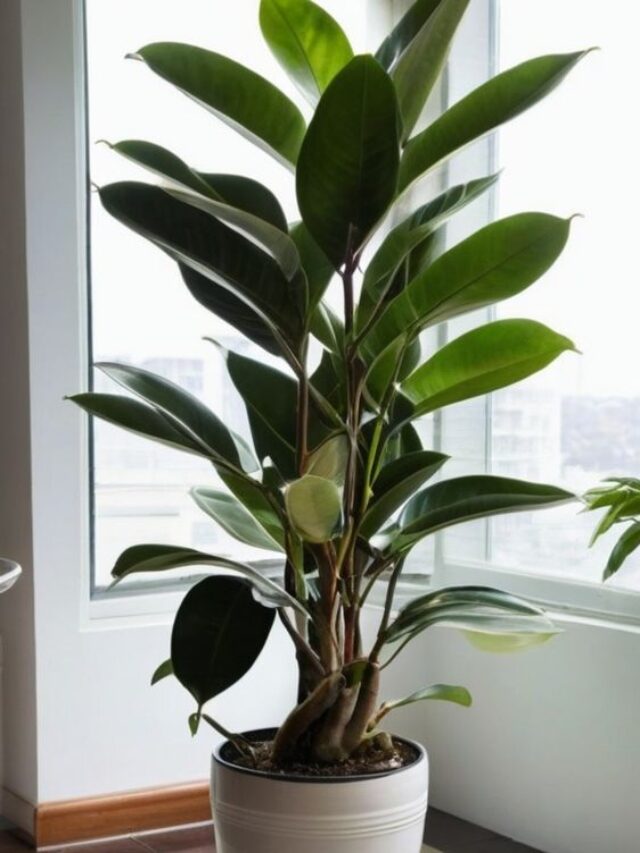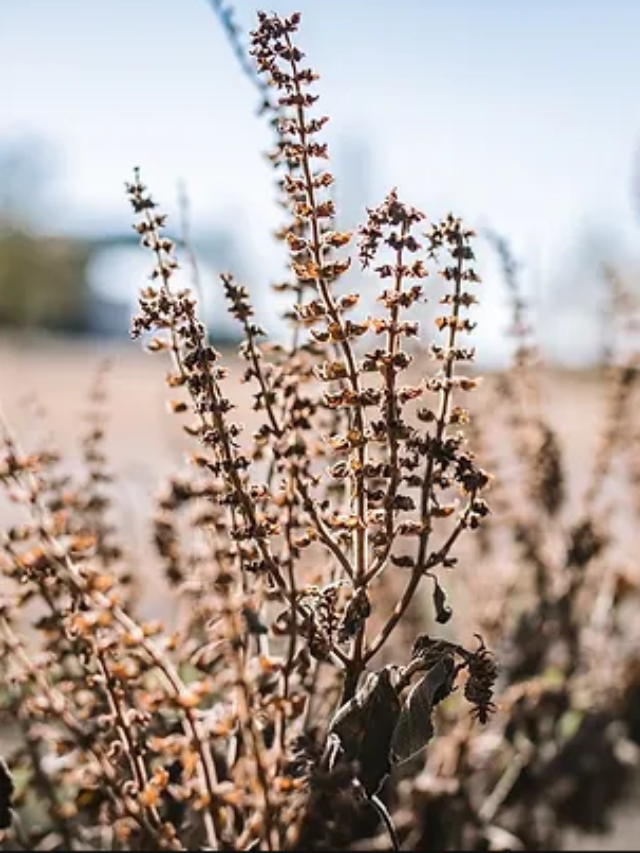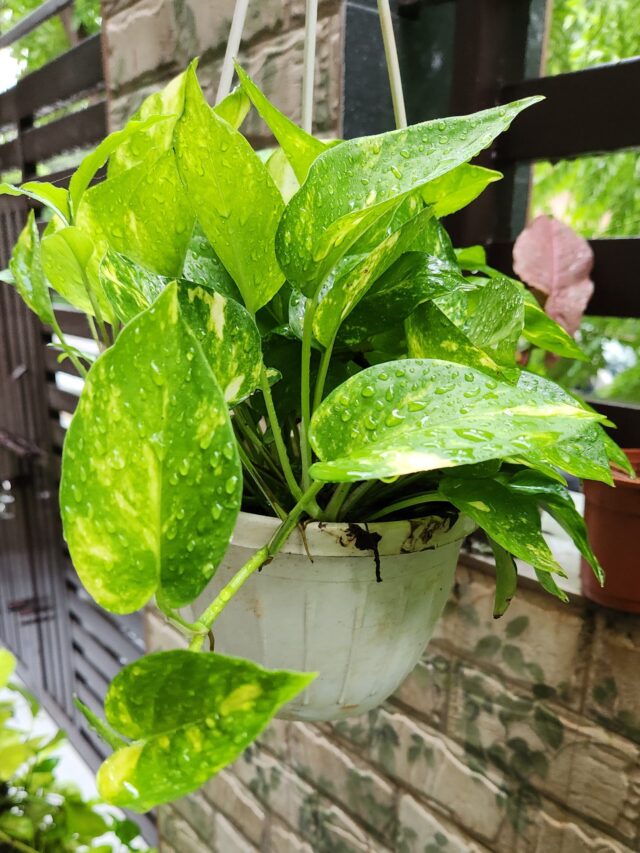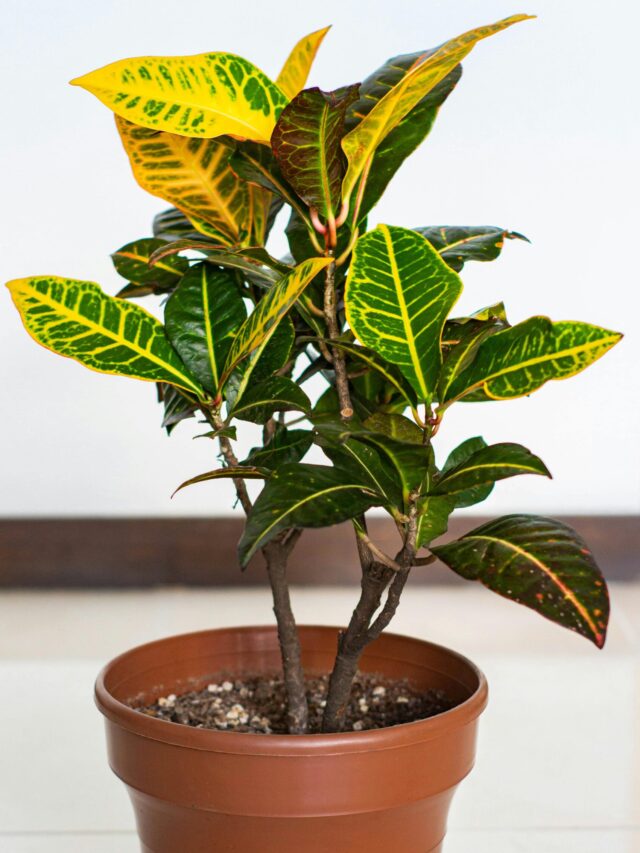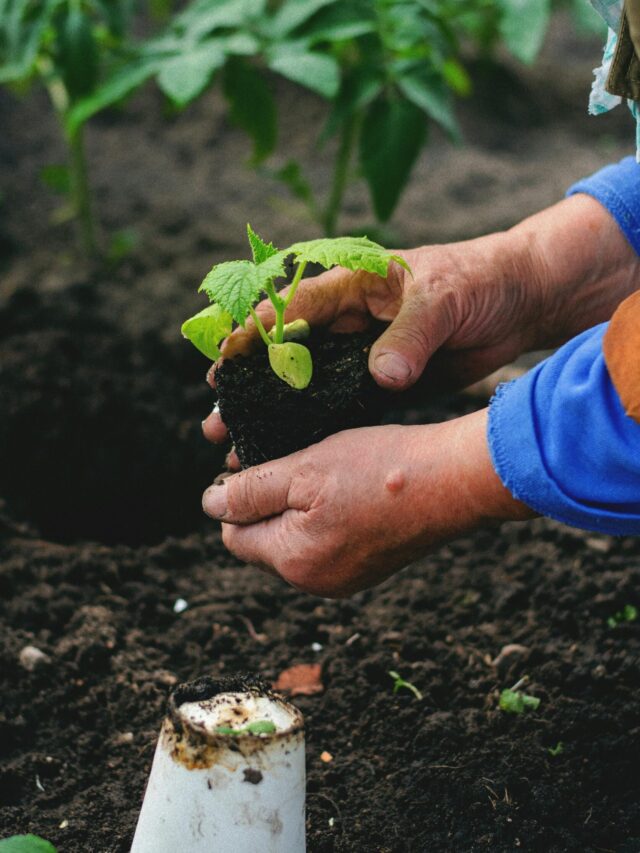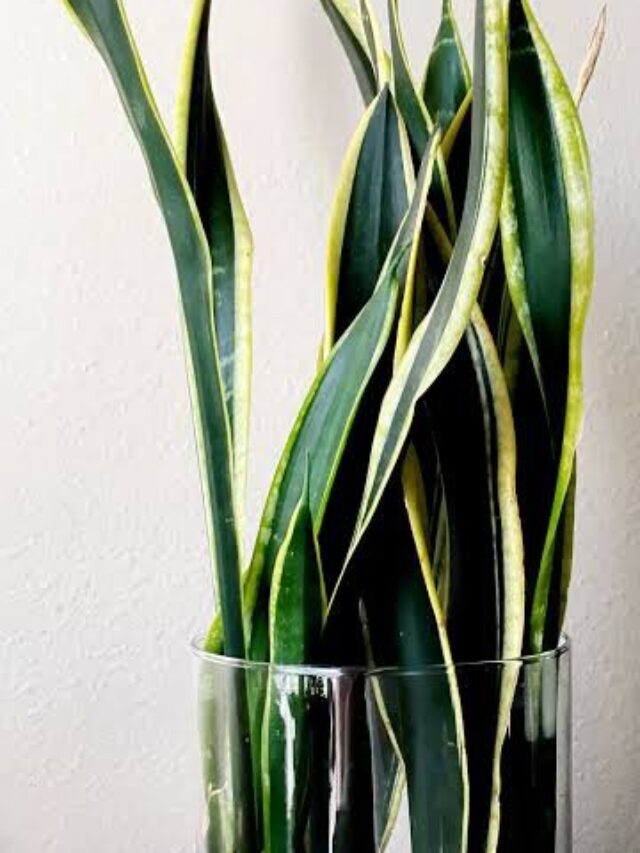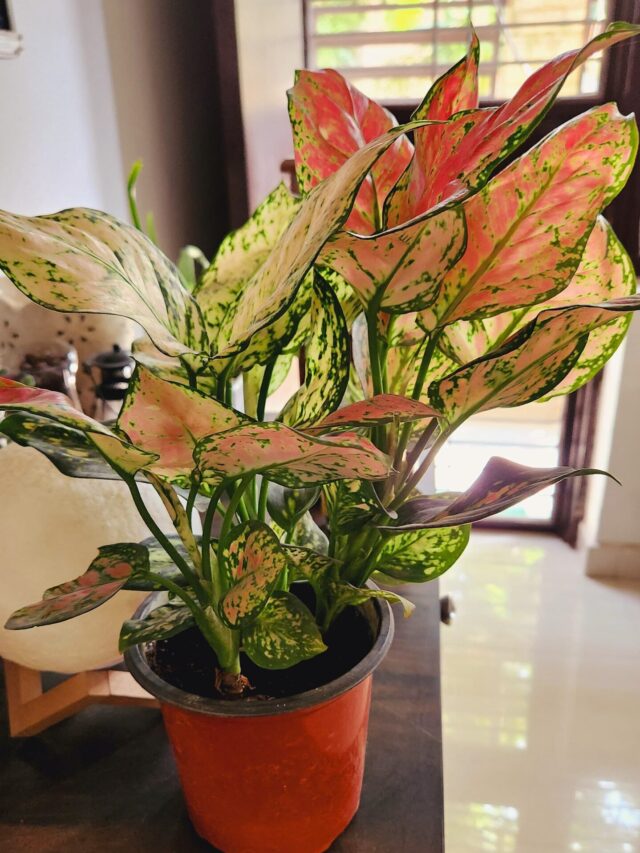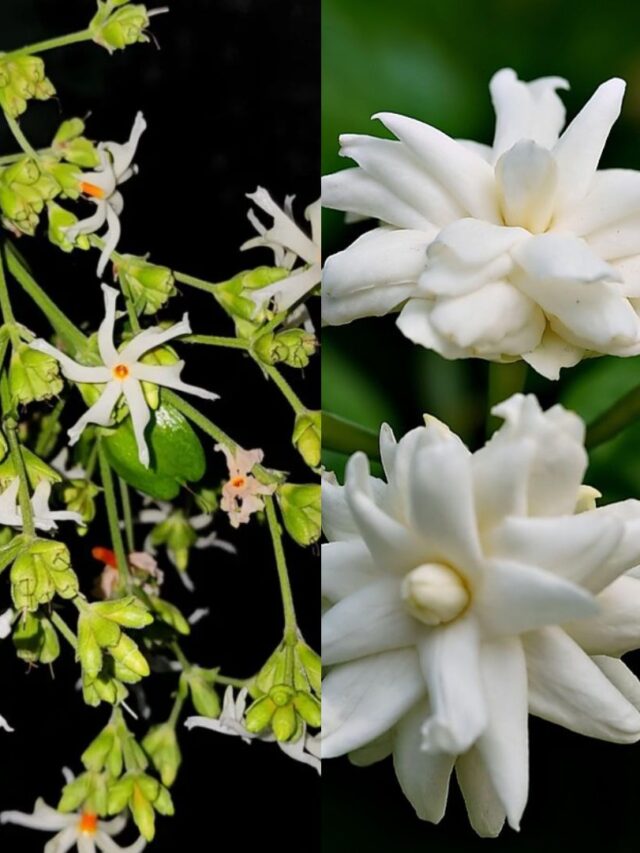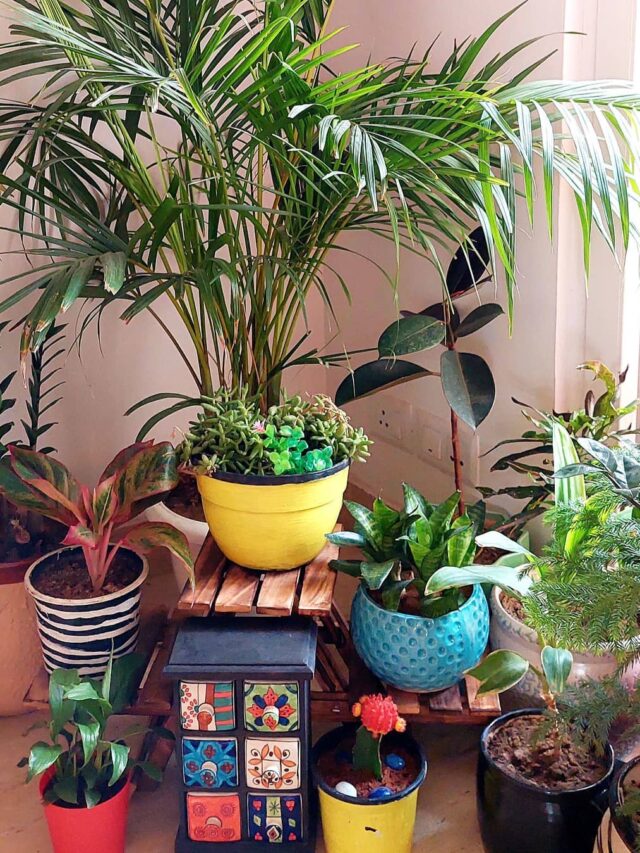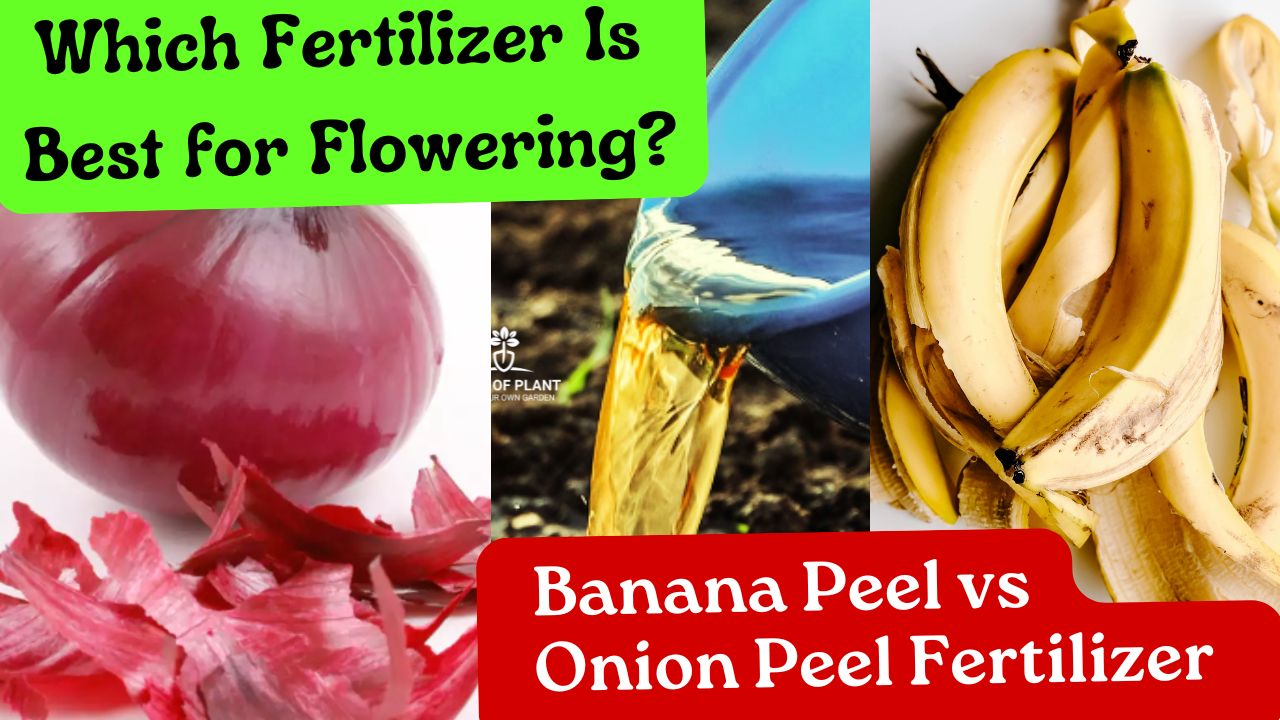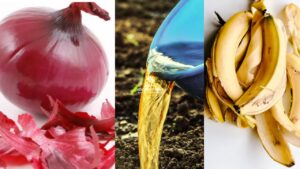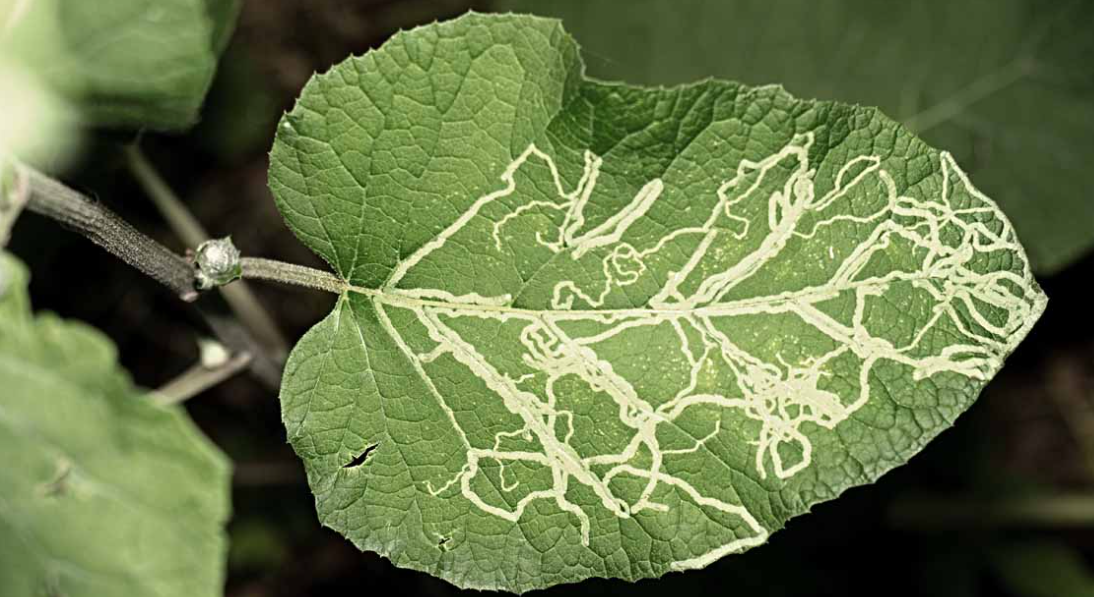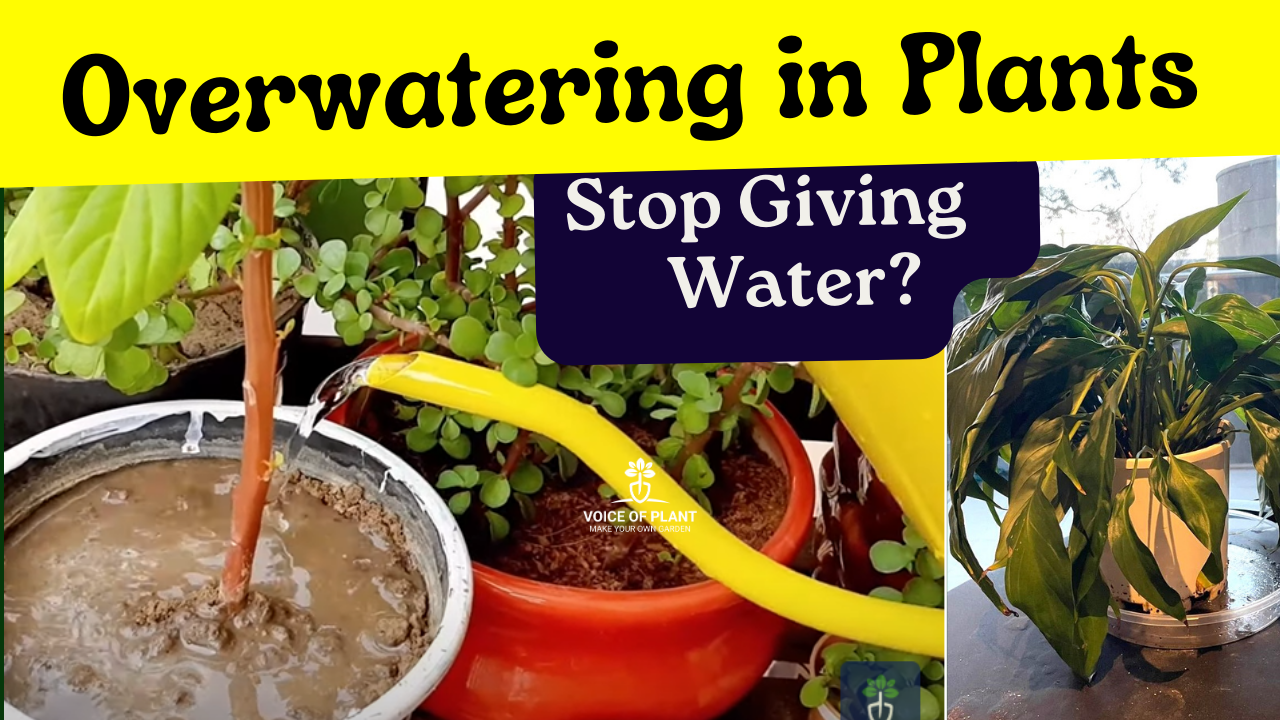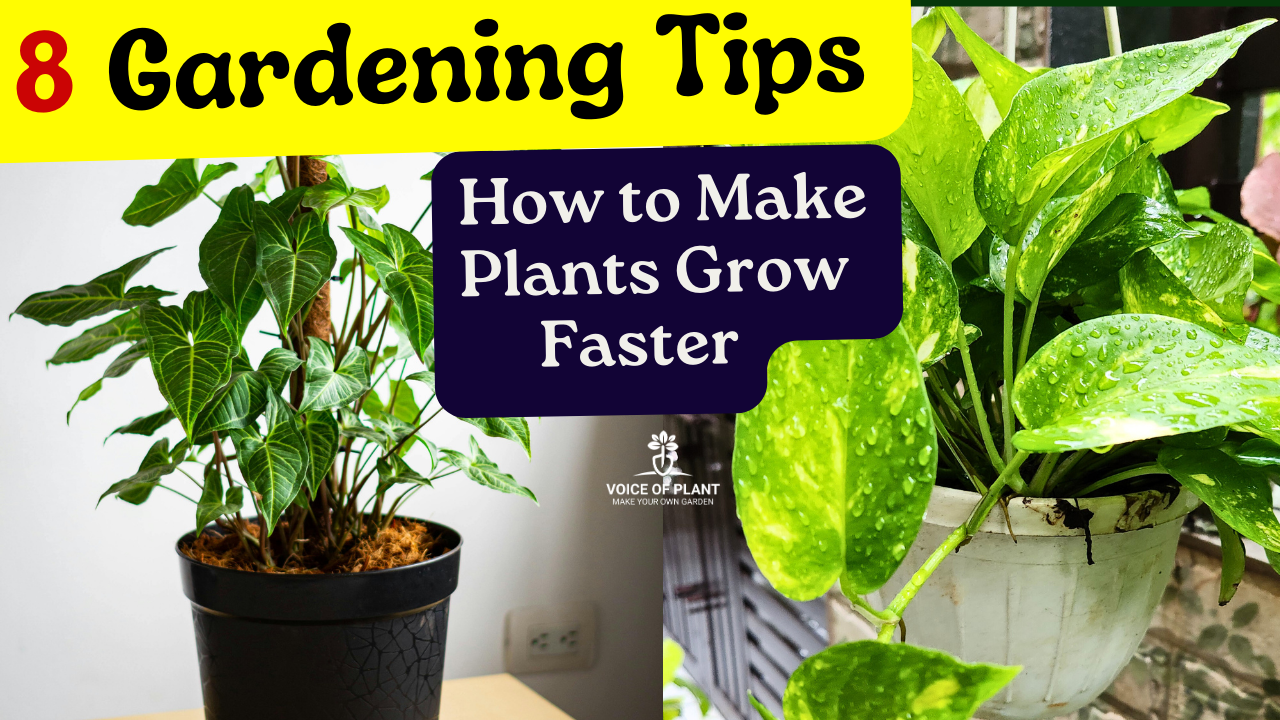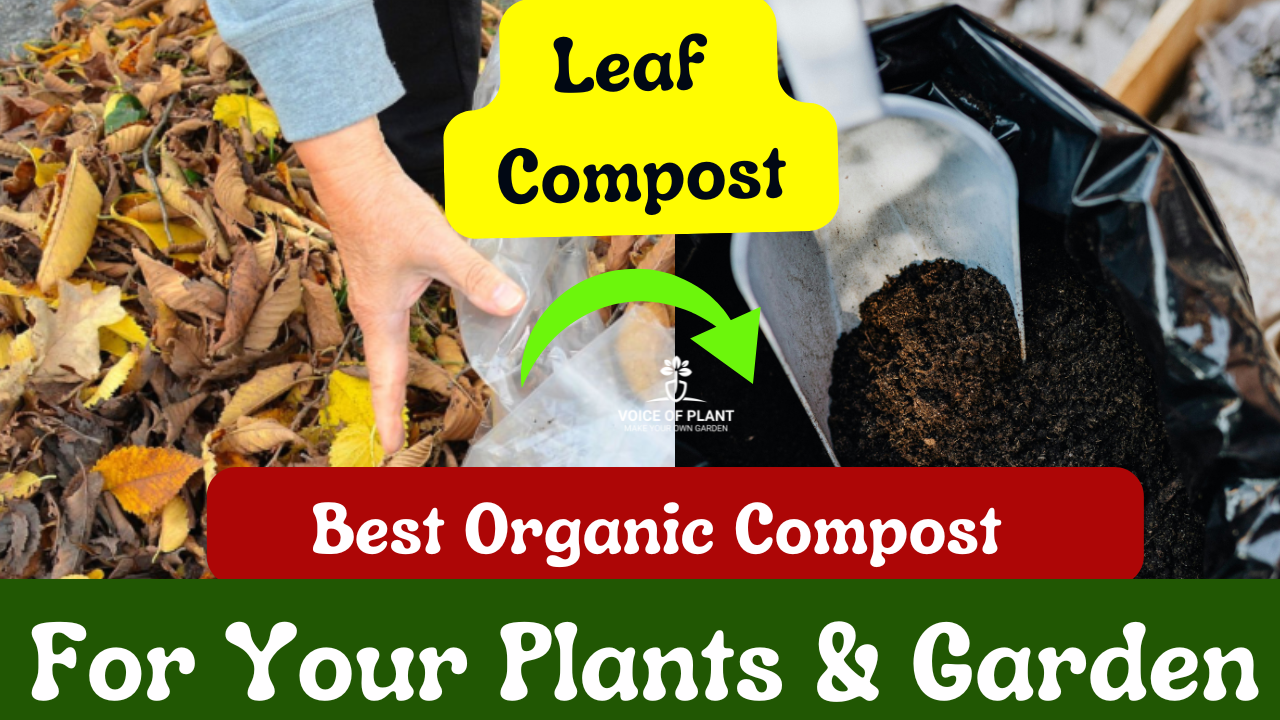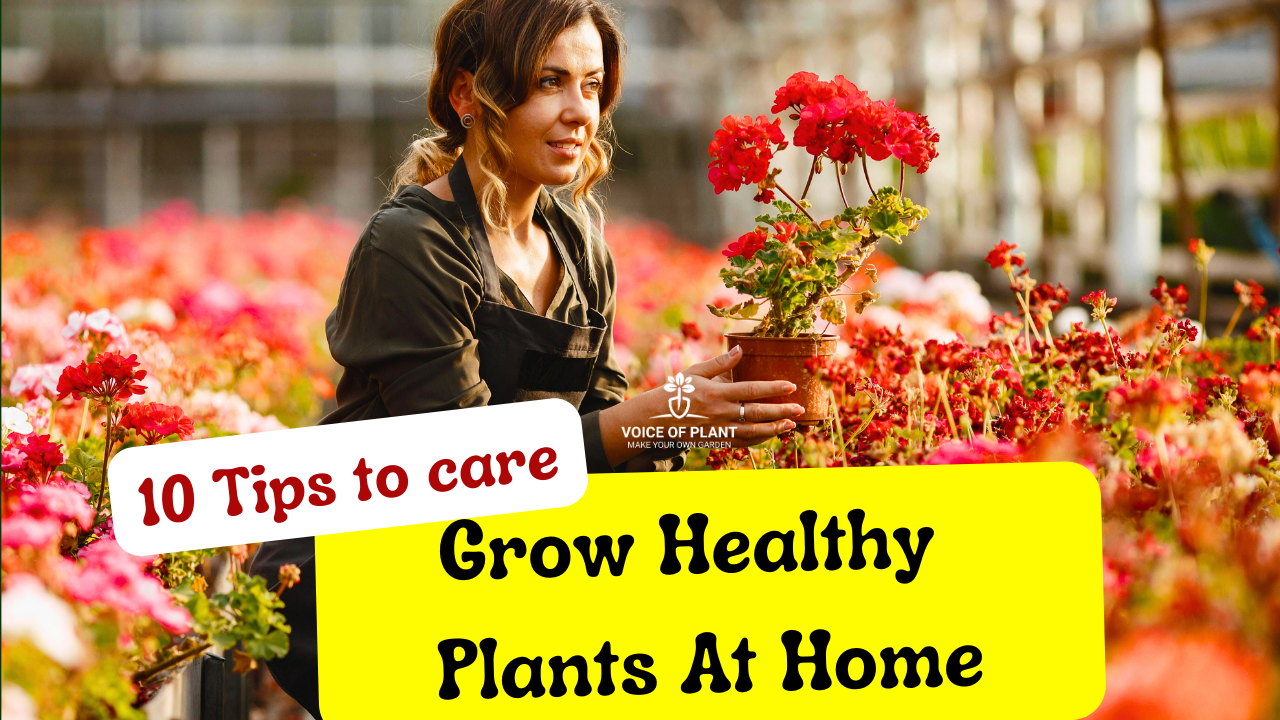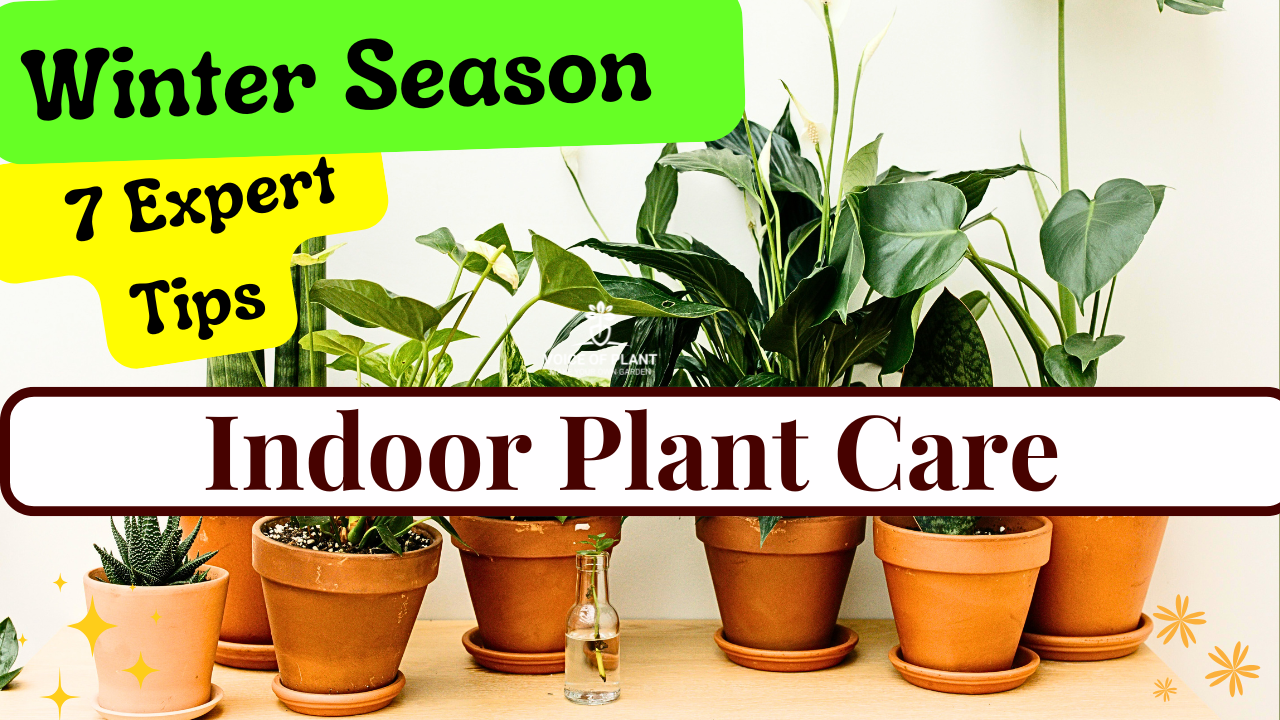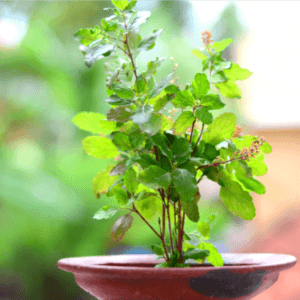Spring Gardening 10 Important Tasks
The spring season plays a vital role in gardening, serving as a period of rejuvenation for plants that may have become weak or withered during the winter months.
It is a time for plants to recover from dormancy and prepare for the upcoming summer season. Additionally, spring marks the beginning of essential preparations for summer gardening. Basically, it is an important time in gardening for carrying out multiple tasks which are foundations for next year for the plants.
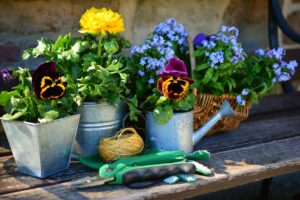
Spring Gardening 10 Important Tasks
Important tasks to undertake in Spring season
1. Identifying the Correct Time for Pruning
One crucial aspect of spring gardening is determining the right time for hard pruning and root pruning, which is not always straightforward.

While February is commonly associated with spring, it can vary depending on the yearly cycle and geographical location. To identify the optimal timing for these pruning tasks, gardeners should:
(i) Assess Plant Condition:
- Look for signs such as the emergence of new leaves, buds, and shoots.
(ii) Observe Weather Patterns:
- Note when temperatures begin to rise, signaling the transition to warmer weather and reduced need for heavy clothing.
These indicators signify the ideal time for hard pruning, as it’s generally avoided during the summer months. By following these guidelines, gardeners can ensure their plants receive the necessary care and preparation for the months ahead.
|
Must read: What is Hard Pruning? |
2. Winter Plants Inspection:
Inspect all winter plants to assess their condition.
- Any plants that are thriving should be left undisturbed.
- While those that have withered or become damaged should be removed.
3. Soil Collection from Pots:
Gather any loose or leftover soil from the garden, ensuring it is cleaned thoroughly. Then, sift the soil through a sieve to remove any debris or impurities.
- Finally, expose the soil to sunlight to ensure it is dry and ready for use in various gardening activities such as repotting plants or sowing seeds.
|
Must read: How to Make Soil Mixture for Summer Plants |
4. Summer Plants Monitoring:
Monitor each summer plant individually during the spring season and assess their condition. Treat each plant according to its specific needs:
- some plants may be in excellent condition and require no treatment,
- others may only need mild pruning, such as the removal of damaged leaves,
- certain plants might benefit from repotting,
- there could be instances where hard pruning is necessary,
- some plants may require both root pruning and repotting.
Carefully assess each summer plant, addressing its specific needs accordingly.
5. Adding Compost after Tilling:
If your plant is thriving and does not require any treatment, start by removing any excess grass or weeds from the soil.
- Then, make sure to till the soil thoroughly and mix in compost, such as vermicompost or kitchen compost, to boost nutrient levels and enhance soil health.
Adding compost is crucial regardless of whether you perform other tasks like hard pruning, root pruning, or repotting.
6. Seed Collection from Garden:
Collect seeds from different plants in the garden, including Night Jasmine (Harshringar), vegetables, and flowering plants such as Vinca, Clitoria (Aprajita), etc.
- Wait until the seeds have fully dried and turned a toasted, brown color before gathering them. These dry seeds are ready to be sown for planting in the next season.
7. Sowing Time for Summer Plant Seeds/Bulbs:
Now is the perfect time to sow seeds and bulbs for summer plants.

- While it is possible to sow them later, the resulting seedlings might struggle to stand properly, leading to bending and weakness, and even death.
- Seeds of flowering, fruiting, and vegetable plants can be sown during this period.
8. Propagation through Roots and Cuttings:
Now is the perfect time to propagate plants from cuttings, as dividing plants into cuttings and planting them results in multiple new plants.
- Species like aloe vera, snake plants, money plants, and many others can be propagated through cuttings.
- Glass bottles are commonly used as containers for growing plants from cuttings, and various mediums such as sand, water, or clay balls are suitable for planting the cuttings.
Spring season offers an ideal opportunity to propagate plants through cuttings.
9. Garden Layout Design:
Designing your garden layout involves:
1. Sunlight & Space: Place sun-loving plants in sunny spots and shade-loving ones in shaded areas. Group plants with similar light needs together to optimize space.
2. Plant Selection: Choose plants that match your preferences, climate, and soil type.
3. Compact & Climbers: Opt for compact plants in small spaces and use climbers to maximize vertical space.
4. Seasonal Planning: Map out areas for both summer and winter plants, considering sunlight, temperature, and growth requirements.
By considering these factors, you can create a visually appealing and well-utilized garden space.
10. Initializing the process of composting
During winters, the composting process slows down, while in summers, compost can be generated at a faster pace. Therefore, it is advisable to commence the composting process during this season.
- You can begin making various types of compost such as cow dung compost, kitchen waste compost, or dry leaves compost from the current season onwards.
|
Must read: How to Make Kitchen Waste Compost |
At last –
Gathering Garden Assets:
Ensure you have all necessary gardening supplies on hand by assessing your current inventory and acquiring any needed resources such as pruners, spray bottles, coco peat, sand, soil and other items.
Adhering to the dos and don’ts of the spring season can significantly enhance your gardening experience. By following these guidelines, you can effectively nurture and beautify your garden.
Follow our Social media channel:
1. Voice of Plant – YouTube Channel
2. Voice of Plant Facebook Page
3. Instagram Voice of Plant Channel
Happy gardening!!


